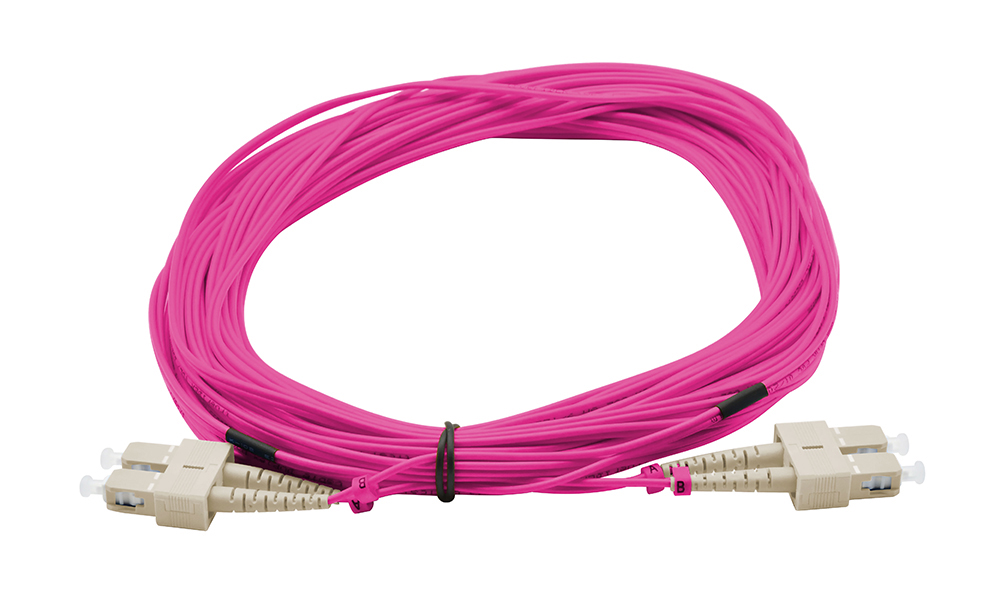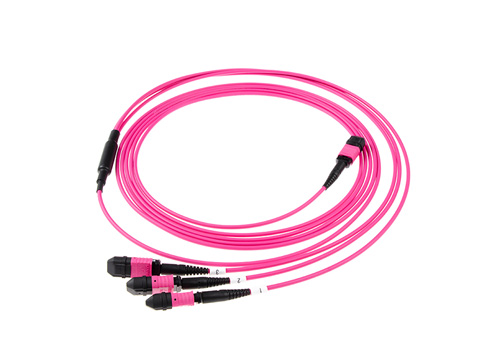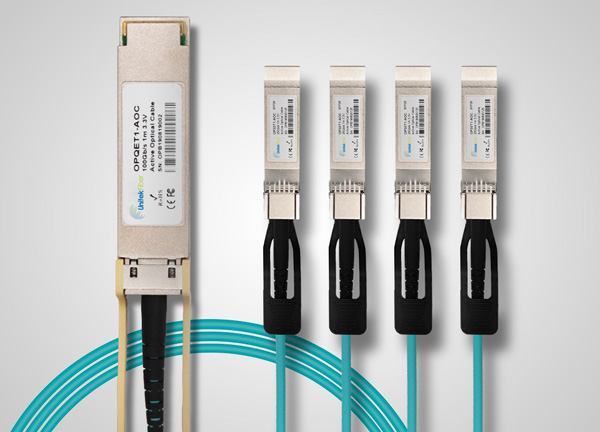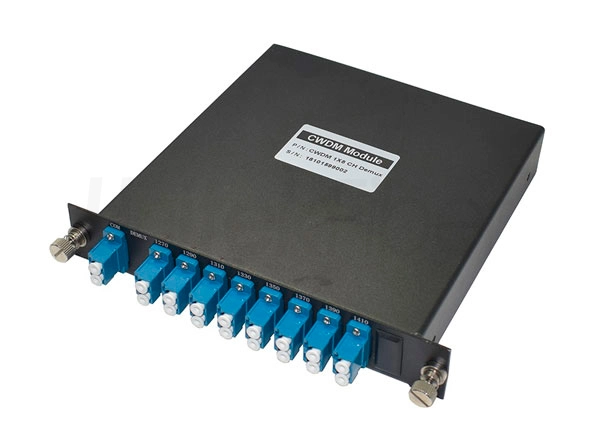
OM4 multimode fiber is a type of optical fiber that is designed to support high-speed data transmission over short to medium distances, which need to meet the ISO 11801 standard. One of the key advantages of OM4 fiber is its ability to support 100G Ethernet, which is becoming increasingly important in modern data centers and enterprise networks.

To understand how OM4 fiber can support 100G transmission, it's important to first understand some of the technical specifications involved. The IEEE 802.3ba standard specifies that 100G Ethernet can be transmitted over either single-mode or multimode fiber, but with different requirements for each type.
For multimode fiber, the standard specifies that 100G Ethernet can be transmitted using four parallel strands of fiber, each carrying a 25G signal. This is known as 4x25G transmission. To support this, the fiber must have certain technical characteristics, such as sufficient bandwidth capacity, low attenuation, and low dispersion.
OM4 fiber meets these technical specifications, making it an ideal choice for 100G transmission in short to medium distance applications. In fact, OM4 fiber offers several advantages over other types of multimode fiber, including longer reach and higher bandwidth capacity.
OM4 fiber is chiefly used for 10G, 40G and 100G Ethernet. When OM4 fibers support 40 Gb/s and 100 Gb/s speeds when they are terminated with 8/12-fiber MTP/MPO connectors and 24-fiber MTP/MPO connectors respectively. The 40G interfaces are 4x10G channels on four fibers per direction and the 100G interfaces are 10x10G channels on 10 fibers per direction.
Another factor to consider when using OM4 fiber for 100G transmission is the type of transceiver being used. There are two types of transceivers commonly used for 100G transmission: QSFP28 and CXP. QSFP28 transceivers are more commonly used for shorter distance applications, while CXP transceivers are typically used for longer distances.
At 10G data rates, OM4 fiber can typically support distances of up to around 550 meters. This makes it an ideal choice for use in local area networks (LANs) and other relatively short-haul applications.
At 40G/100G data rates, OM4 fiber can typically support distances of up to around 150 meters. This is due in part to the fact that 40G transmission uses four parallel strands of fiber, each of which must be carefully coordinated to ensure reliable signal transmission.
Proper installation and maintenance procedures are essential to ensure optimum performance and avoid signal loss or other problems. It's also important to remember that while OM4 fiber can support 100G transmission, it probably isn't.
If you're looking for high-quality, customized SM MM fiber optic cable, look no further than www.unitekfiber.com. With a wide selection to choose from and a high quality, Unitekfiber is your go-to source for all your fiber optic needs.



